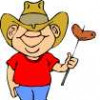Popp chard and pesky pests - Swiss Chard
Updated on 22 February 2016
This updating is more or less in memory of our dog pal - whose name, by the way, was actually "D-o-g." He has now seemingly been replaced by a very large and noisy rooster bird. That critter is a chard-eater and is thus the very worst kind of bird critter you could possibly imagine. We do not own the bird. He wakes us up in the morning as though it is he who owns us.
"Get your lazy butts out of bed" hollers this bird. It matters little to him that his hollering takes place at 4:00 am. As docile humans, we comply. It is painful to get out of the sack at that hour, but roosters are persistent in their obnoxiousness.
The Swiss chard has no way to avoid that leaf-gobbling critter.
We understand. That is, we understand the chard.
Here then is the original posting of the "Popp Chard" recipe and the tale that made it taste even better than it was the first time on these pages.
* * * * *
The layout plus pesky dogs and squirrels
As you may be experiencing this Swiss chard recipe collection for the very first time, I will explain the thing before you really get into it. Without this explanation, the layout of this Swiss chard recipe book may tend to befuddle.
Each recipe is preceded by a Swiss chard story. That story may, or it may not, have to do with the recipe that follows it. (My mind wanders a lot!) Mostly there will be some connection between the story and the recipe, but that is not promised. So, enjoy the stories. Enjoy the Swiss chard recipes. Smile and be happy. Swiss chard things are meant to help you achieve those goals. So, let’s get it on. Here’s your first story and the first of the Swiss chard recipes.
How to keep dogs from trampling on your Swiss chard
Large numbers of people, including native folk, Marines, and licensed veterinarians maintain that dogs were designed by their maker for the purpose of making absolute pests of themselves. It is obvious to almost everyone that this is so as to dogs versus gardens.
Despite the fact that native folk, Marines, and licensed veterinarians are usually correct about whatever it is that they maintain, and despite the fact that almost everyone recognizes the obvious at least once during a lifetime, all are mistaken that dogs make absolute pests of themselves. Instead, it is little rodent, the squirrel, that is the real pest.
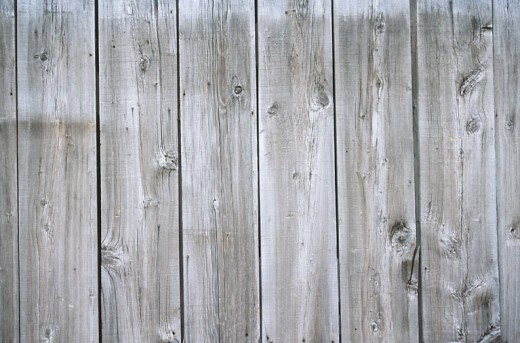
Practice what I preach
As a Redneck who tries to practice that which he preaches, I have an immaculately maintained vegetable garden (less than 63 weeds to the foot) tucked along the sunny side of a tall and sturdy wooden fence. Largely given over to rows of wonderful Swiss chard, malt, hops, and other necessities, My garden needed some extra protection along its front side to complement that sturdy wooden fence at its back side. Leaning on my skills as a builder, I put up a rickety fence of my own construction to seal the garden off from the dangerous world around it. My new fence was an ugly, flimsy, wobbly affair made of chicken wire attached to several sticks that had been hanging around the place (function goes ahead of beauty in my simple world.
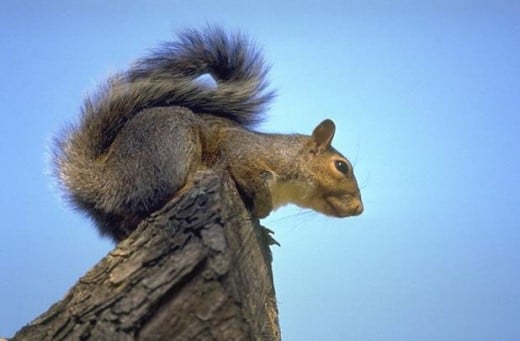
How to make hounds go crazy
I had always thought that tall and sturdy wooden fences were set up for the purpose of excluding people and other critters from the areas on the other side of them. As I found out, that is not correct. Tall and sturdy wooden fences have a considerably more important purpose. They are meant to serve as elevated highways for squirrels. If you have a tall and sturdy wooden fence around your place, keep your ears open and your eyes on that fence. Sooner or later you will hear a scritch-scratch. Aha, here comes a squirrel. Whip, whip. That’s what that critter’s bushy tail does. There he goes – right down the middle of his elevated highway."
In front of my Swiss chard, weeds, malt, hops, and other necessities garden, my dogs go crazy. They are not partial to invading squirrels.
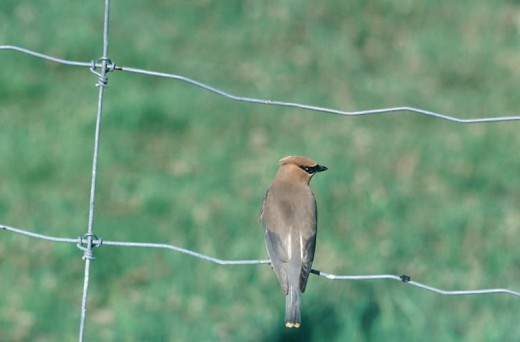
Three cures for one problem
"SQUIRREL" they scream. Then they leap over that rickety engineering marvel, my chicken-wire fence, and land right in the middle of my Swiss chard. What happens next to those horticulturally beautiful green rows is just not pretty. Neither is the look on my usually placid face.
After calming down some, I considered how I could go about keeping my excitable dogs from trampling all over my ripening Swiss chard. I came up with 3 ways, any one of which would likely solve the problem:
- Make some squirrel stew.
- Train my dogs to pull sleds and sell the dogs to the Eskimo.
- Alternate Swiss chard plants with thorn bushes in the garden rows.
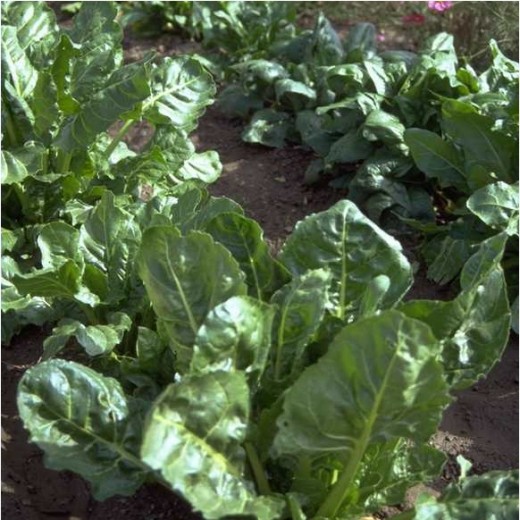
Popp Chard Recipe (at long last)
Ingredients
Some water in a large and clean cooking pot
About two to three times the quantity of chards as you think will fit in the pot
Some salt, pepper, and any other spices that you enjoy
A big piece of butter or margarine
Method
Clean the grit and grime off of the chard
Chop the chard, leaves and stems both, into pieces about an inch long
Heat the water to boiling and stick the chopped chard pieces into the pot
(The heat will make the chard shrink allowing you to add more chard pieces)
Add the salt, pepper, any other spices, and the butter or margarine
Put a lid on the pot, turn down the heat a bit, and let the cooking continue for up to another 10 minutes.
A variation would be to add some cooked and chopped pieces of bacon or other meat
Enjoy your Popp Chard!
